Phil, there's some fantastic reading here, all credit mate really thought provoking Ha and I think i'm reading the same hymn sheet( was it) as you and Dale. maybe slightly left field because I shoot mainly mammals but so so much applies and birds are really my childhhood first love, which also holds a degree of irony. So there isn't so much a S 1 but there is a whole host of interplay for an image maker.......I recently dug at this with the dozer image Phil
Phil 2 questions Buddy can you elucidate a bit more on what concerns you about the S1 and the "simply isn't true bit , mate I'm struggling to get the words out.....are you sayiing disturbance is so open to debate, by using field skiills observation loadsa time you are by passing that need for a liscence? Mate I'm at pains to point out I'm not calliing you out. I've always been able to talk to you and Dale as it happens very openly and honestly right down to crit and upwards on to way deeper stuff like this......I'm diggiing tis all as always being slightly dumb tryiing to wrap my head around somethiing so askiing very simple Q's that could be answered or read much deeper
Secondly how does one learn all this..........This was the base of my piggy post Phil........how do we learn these intense field skills
Phil Dale both of you inspire me make me thiink. thanks for the above debate lads..........forgive me interupting Sure I'm not doing alot of image making right now cause of my nit picking woodwork camper stuff, but that will change at some stage and hopefully allow me a wider raft of potential species, as slow as it is it's a means to and end that end is image makiing.
so your posts are is the word pertinant?
take care both
stu
Hiya Stu, sorry, only just seen this matey.
I struggle sometimes to put down what I'm trying to say in writing, even spell checker doesn't know what word I'm trying to spell sometimes, .......... them bloody teachers at school just didn't understand me


It isn't illegal to take photos of S1 birds at a nest site as long as there's no disturbance or distress caused to the birds, that doesn't mean to say crack on and you'll be fine, there has got to be certain circumstances come into play.
I suppose the obvious one is, S1 birds nesting close/near to a permanent, purpose built hide. I've taken photos, along with many other photographers, of LRP displaying and sitting but sadly the nest was lost to predation, again legal to take photos.
There's the situations I've explained above, BO's nesting in barns on working farms, I suppose this comes under 'knowing your subject', not the species but the individual birds. Some get that use to human activity they just couldn't careless, again, there usually wouldn't be anything illegal about photographing these.
Again the Kingfishers I mentioned earlier, nesting at a picnic area and were completely at ease with people being there, again not illegal.
What I'm trying to say is, if people use common sense and only take photos in these situations, you don't need a S1 licence. So to generalise, its illegal, simply isn't true.
So why wouldn't I want to apply for a licence? As long as there's the option to take photos of these birds under their terms , then I wouldn't want to risk disturbance just because a S1 licence gave me the right.
As I said, I take me hat off to Dale and I'm 100% sure he only has the birds welfare at heart. It does make me think though, how many photographers/camera men/film crew see applying and receiving a S1 licence as licenced disturbance and no different to ringing.
Hope that makes sense matey, if you want me to try clarify owt else, I will
atb,
Phil
Edit- As an afterthought, and it should go without saying, this theory works for all birds at anytime of year, not just S1 and not just in breeding season

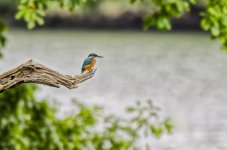
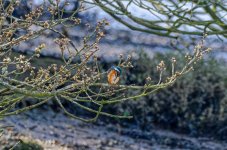
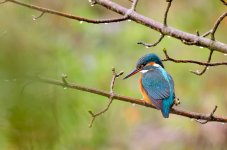
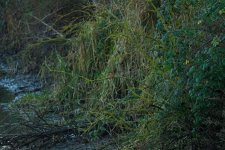
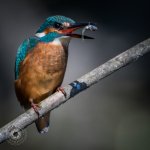

 ............I'd like to be the same re teachers but 2 got me as a tiny thing Miss Ball around 9 me nat history teacher bud, she didn't ask me to spell, just grabbed on to what was already there and tried to wring the death out of that in me. Then Mr Vernell who told me I should be a wildlife flimmaker at 11.mind how that XXXX do ya do that at 11
............I'd like to be the same re teachers but 2 got me as a tiny thing Miss Ball around 9 me nat history teacher bud, she didn't ask me to spell, just grabbed on to what was already there and tried to wring the death out of that in me. Then Mr Vernell who told me I should be a wildlife flimmaker at 11.mind how that XXXX do ya do that at 11  So in my case ,yeah mostly same as bro : but those two saw through me like looking through crystal glass.so in my case it's my bad bro, should have listened !!! :banghead:
So in my case ,yeah mostly same as bro : but those two saw through me like looking through crystal glass.so in my case it's my bad bro, should have listened !!! :banghead: